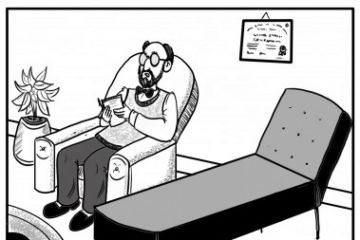
Are you a gangster from Klang? Are you Christian or Indian? Aiyoh, I have become as dark as an Indian. These are prosaic questions and statements that Malaysia's Indians deal with, at some point and occasion, in their lives in the country. That their families may have lived in Malaysia for more than three generations makes no real difference. The gangster tag given to Indians, especially the darker-skinned ones, by other Malaysians—and they include Indians as well—took on promi





